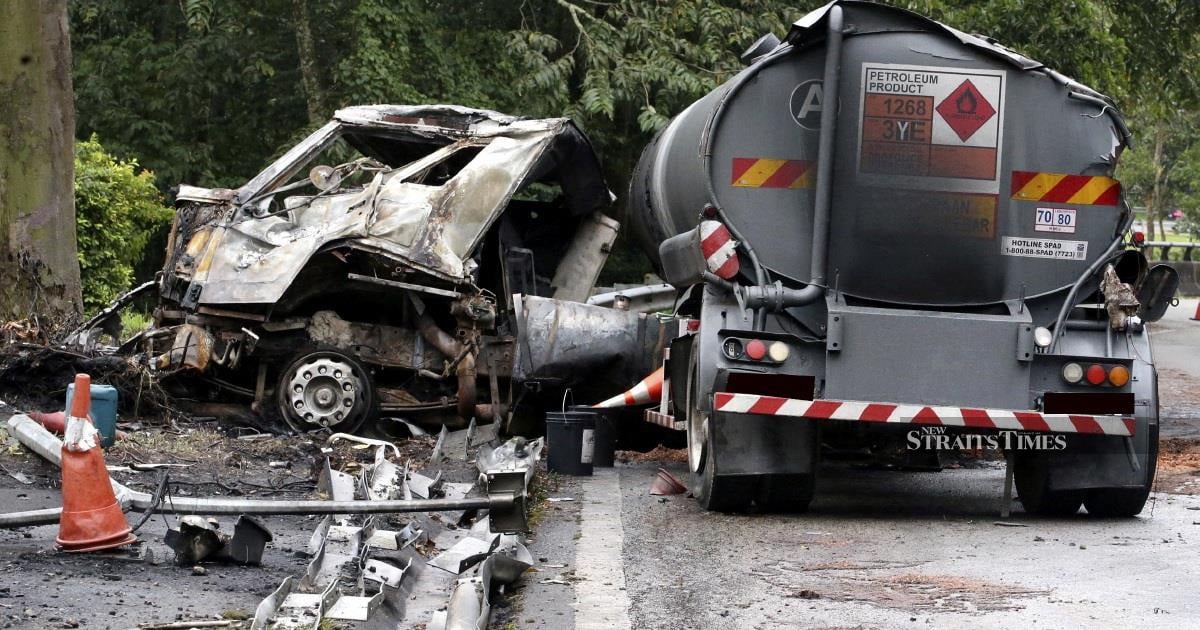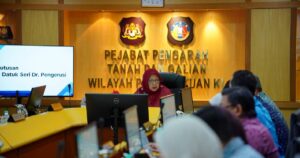THE frequency of fatal heavy vehicle crashes has become so common that the reports of them have become numbing.
The statistics are appalling. Causes included driver fatigue, speeding, overloading, imbalanced cargo, poor vehicle maintenance and mechanical failure.
The Malaysian Institute of Road Safety Research reported that since 2019, 3,500 accidents involving lorries and busses had resulted in 1,457 deaths, 473 serious injuries and 1,076 minor injuries.
The Bukit Aman Traffic Investigation and Enforcement Department reported that 203 bus accidents were recorded between 2023 and May 2025, resulting in 39 deaths, 68 serious injuries and 197 minor injuries.
Whether motorists realise it or not, driving on highways or taking an express bus ride can no longer be taken for granted. Motorists may be vigilant and competent, but when a 10- to 20-tonne heavy vehicle hurtles in their direction and impact is imminent, drivers can only hope and pray that they make it out alive.
These days, driving on highways has become a gamble. Even a Federal Reserve Unit lorry driven by a trained police driver couldn’t avoid disaster when it was hit by an overloaded tipper lorry in Teluk Intan on May 13.
Recently, it was established that the tipper lorry had exceeded its load by 70 per cent. What’s even more baffling is that there were rules and regulations to prevent that tipper lorry from overloading.
The tragedy is when operators construe these laws as “options” to meet their main criteria of operations: maximising transport of goods economically and raking in huge profits, but safety be damned. As always, the authorities’ response is reactive: the Transport Ministry has proposed 16 safety recommendations covering six key areas to prevent fatal collisions involving heavy vehicles.
Recommendations include enhanced compliance with the industry code of practice and safety standards, improvements to the Road Transport Act and installation of more safety equipment in government vehicles like seat belts.
No doubt that these recommendations will be strictly mandated — until the next crash. One factor keeps resurfacing: weak enforcement, poor oversight and lax operator compliance — so deficient that highways resemble the Wild Wild West.
Therefore, how do we ensure that companies do not skip vehicle maintenance checks? How do we stop drivers from taking a gamble when negotiating steep or curved sections where their vehicle’s braking and manoeuvring becomes ineffective?
Beyond stiff fines and suspension of licences, offending drivers and operators must be jailed, their vehicles seized and businesses shut down.
The authorities must respond firmly and efficiently, using the Penal Code where necessary to hold offenders accountable. Otherwise, these tragic headlines will keep repeating.
© New Straits Times Press (M) Bhd






